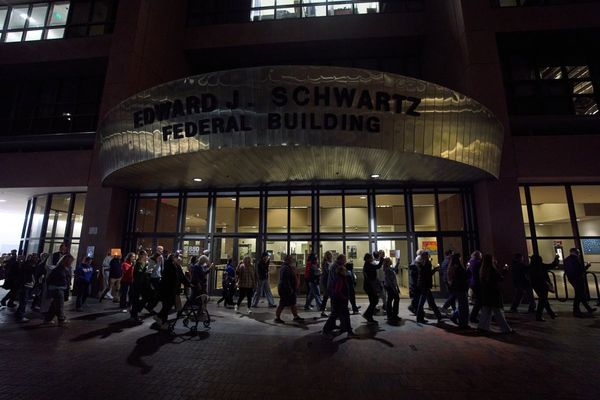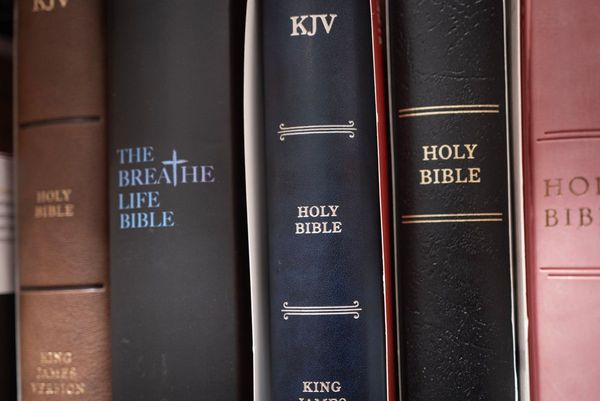
When economists study communities, they often look at employment data, housing prices, and business growth. Yet, one of the most revealing indicators comes from something people do every day: shopping. The way individuals spend money, from luxury items to discount essentials, provides insight into the financial health of entire neighborhoods. Shopping habits don’t just reflect personal income levels; they also shape and predict the strength of local economies. By comparing how the rich and poor shop, we can better understand where communities are headed financially.
1. Where People Shop Tells a Bigger Story
One of the clearest signals comes from where people choose to shop. Affluent households often spend money at specialty stores, boutiques, and higher-end grocery chains, which attract further business investment. Lower-income households, on the other hand, tend to rely on discount retailers, dollar stores, and bulk shopping clubs. These patterns of shopping habits determine which businesses thrive in a given area. Over time, the mix of stores in a community becomes a direct reflection of its overall economic strength.
2. Spending on Experiences vs. Essentials
Another key difference in shopping habits is whether households spend more on experiences or essentials. Wealthier families are more likely to purchase dining, travel, and entertainment, injecting money into service-oriented businesses. Poorer families often allocate a greater share of income to necessities like food, clothing, and utilities. While both forms of spending support local economies, experience-based spending usually generates more tax revenue and job diversity. The balance between essentials and experiences reveals the financial flexibility of a community.
3. Credit Use and Debt Impact Local Economies
How people pay for their purchases is another economic clue. Wealthier shoppers are more likely to use credit strategically, paying balances in full to earn rewards. Lower-income shoppers often rely on credit out of necessity, which can lead to revolving debt and higher interest payments. These shopping habits influence the local economy by affecting consumer confidence and long-term spending power. Communities with high debt reliance often face slower economic growth compared to those with healthier financial practices.
4. The Role of Big-Box vs. Small Businesses
The choice between shopping at big-box retailers or supporting local businesses highlights broader economic patterns. Wealthier shoppers often split their spending, using large retailers for convenience but also supporting niche local stores. Lower-income households may lean heavily on big-box or chain stores for affordability. These shopping habits impact the survival of small businesses, which are often critical for local job creation and tax revenue. The strength of small businesses within a community is a powerful predictor of local economic resilience.
5. The Effect of Online Shopping Growth
The rise of e-commerce has widened the gap between rich and poor shopping habits. Affluent shoppers often use online platforms for both luxury goods and everyday purchases, supporting national and global brands. Lower-income shoppers may stick to in-store purchases for essentials, partly due to lack of access to credit or delivery services. This difference in habits shapes whether local economies lose money to outside corporations or keep it circulating within the community. The level of online vs. local spending offers a forecast of future economic development.
6. How Savings and Bulk Purchases Shape Spending
Wealthier families often buy in bulk, not just for savings but also for convenience. This strategy reduces per-unit costs and helps stretch long-term budgets. Lower-income households, however, frequently purchase smaller quantities, even though it costs more per unit, simply because cash flow is tighter. These shopping habits create a cycle where wealthier households save more while poorer households spend more on the same items. Over time, this imbalance contributes to widening economic divides within local communities.
7. Indicators from Luxury vs. Discount Growth
The presence and growth of luxury stores versus discount retailers can predict where an economy is headed. When luxury shops and upscale grocery chains open in a neighborhood, it signals rising incomes and investment potential. Conversely, a surge in discount retailers often points to economic stress in the community. These shifts in retail presence stem directly from consumer shopping habits. For policymakers and investors, they serve as an early warning system of local financial health.
8. Shopping Habits and Community Stability
Beyond economics, shopping patterns also influence community stability. Wealthier households, with more discretionary spending, often support arts, culture, and charitable donations tied to their shopping behaviors. Lower-income households, focused on survival spending, may not have the same opportunities to invest in community enrichment. This creates visible differences in how neighborhoods develop socially and economically. Shopping habits, therefore, act as both a reflection and a driver of community well-being.
The Economic Story Hidden in Every Purchase
Every purchase tells a story, not just about personal budgets but about the health of entire communities. The contrast between rich and poor shopping habits highlights which areas are growing, which are struggling, and where the future may be headed. By paying attention to where people shop, what they buy, and how they pay, we can better predict local economic shifts. These insights remind us that small daily choices can have large collective impacts on community prosperity.
Do you think shopping habits reveal more about a local economy than official statistics? Share your thoughts in the comments.
What to Read Next…
Can You Really Build a Future With Someone Who’s Terrible With Money?
10 Unusual Spending Habits That Reveal Someone Is Quietly Rich
What Happens When Inflation Creeps Into Everyday Purchases
8 Silent Wealth Killers That Hide in Everyday Expenses
20 Valuable Items In Your Home Hiding in Plain Sight
The post How Can Rich vs. Poor Shopping Habits Predict Local Economies appeared first on The Free Financial Advisor.







